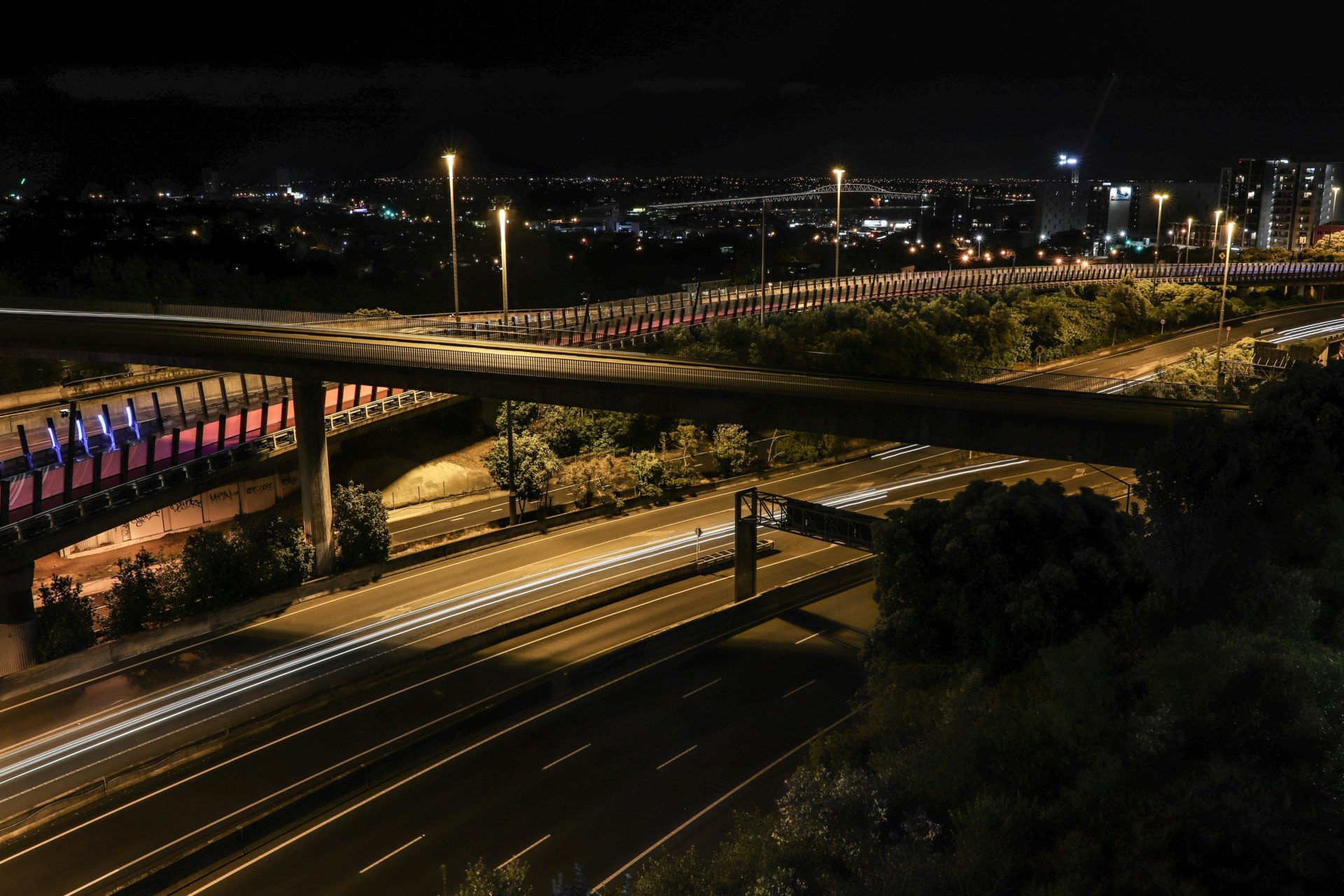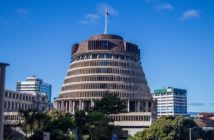The new Government has a unique chance to end the instability in New Zealand’s infrastructure pipeline and save money by committing to a longer-term plan to build what the country needs to grow and prosper, Infrastructure New Zealand Policy Advisor Martina Moroney says

For New Zealand to reach its potential, prioritising a more certain infrastructure pipeline is an immediate action that the Government can undertake to increase productivity and allow us to build more, for less. Our report, written by Infometrics, shows that streamlining delivery by the Government committing to a more certain infrastructure pipeline could result in productivity and savings improvements of between 13% and 26.5% on future infrastructure projects. If applied, these savings could increase the amount spent on infrastructure delivery by between $2.3 billion and $4.7 billion a year over the 2025-31 period.
The end result is a substantial increase of $16 billion to $33 billion in infrastructure investment through to 2031. New Zealand badly needs to speed up its infrastructure build, but we also need to be prudent in what we spend in a period of fiscal restraint, so this would be a real game changer. A more secure pipeline would mean fewer fluctuations in government priorities and less funding uncertainty when governments change. It would also mean infrastructure providers could build and maintain the required operational and workforce capacity. This would allow the infrastructure sector to move between projects with far greater efficiency and deliver the vital projects that New Zealand needs over the long term.
Two broad responses from Government that Infrastructure New Zealand expects to see:
The incoming Government should take immediate action to create a more certain pipeline. A clear, certain and deliverable pipeline is essential for the well-being of Aotearoa New Zealand. The infrastructure sector needs better clarity of when projects will be brought to market and confidence that timeframes and priorities will be predictable. The Government should undertake the following changes in its first term:
• Accelerate the development of a clear and certain pipeline of infrastructure projects – identify priority projects, sequence and plan significant projects more effectively, and enable early investigative works and protection activities to be undertaken where appropriate.
• Empower Te Waihanga | The New Zealand Infrastructure Commission to provide independent advice on the infrastructure priority list to build consensus on key projects and initiatives to ensure project planning and prioritization processes within Government follow robust right-sized business case processes and consider a broad range of benefits including climate resilience to ensure we are investing in the right projects.
We also need to ensure the industry is in a strong position to deliver our future infrastructure pipeline. Government has an important role to play in partnering with the sector, by:
• Continuing to work with the industry, including through the Construction Sector Accord, to develop capability and capacity within the industry and actively consider opportunities to bring skills from overseas which cannot be sourced locally.
• Developing Government’s own maturity as a procurer of infrastructure, building on the steps that many government agencies have taken to improve asset management and long-term planning, by improving commercial decision making, management of risk and consideration of alternative delivery and financing models, and
• Ensuring we have a pipeline of projects that enable us to continue to use specialist skills we have gone to great efforts to build in New Zealand, and for which there is high demand globally (e.g. tunnelling).
This analysis is expected to be used to help inform and develop a more certain pipeline to create a more efficient and effective infrastructure subsector, which has a larger capacity to complete projects, and where firms can invest in developing their workforce and growing their businesses. We hope its insights are taken up by the incoming Government as it works to address the top priorities for the sector in its first term.
The report, Estimating the Costs of an Uncertain Infrastructure Pipeline is available here.








